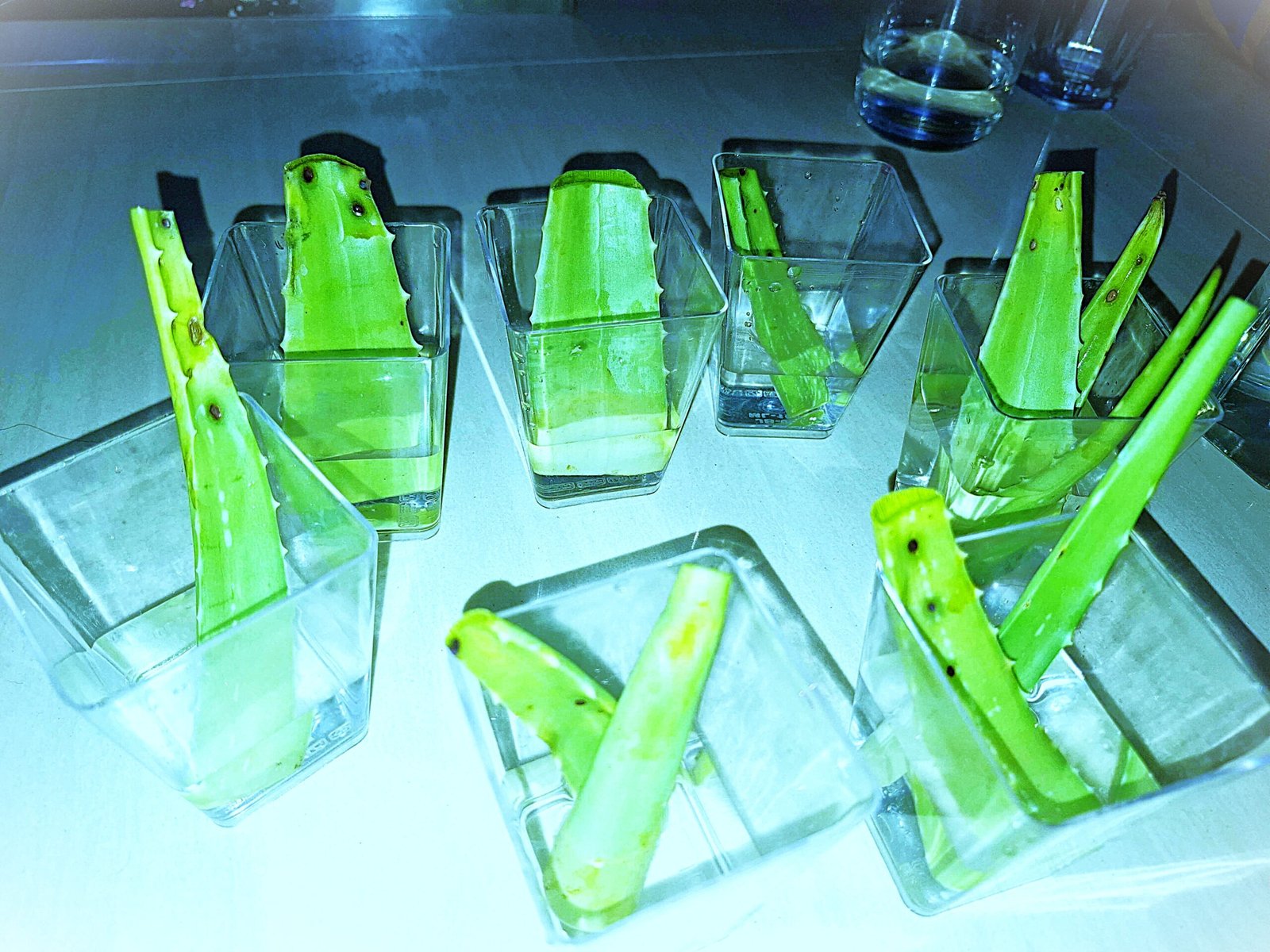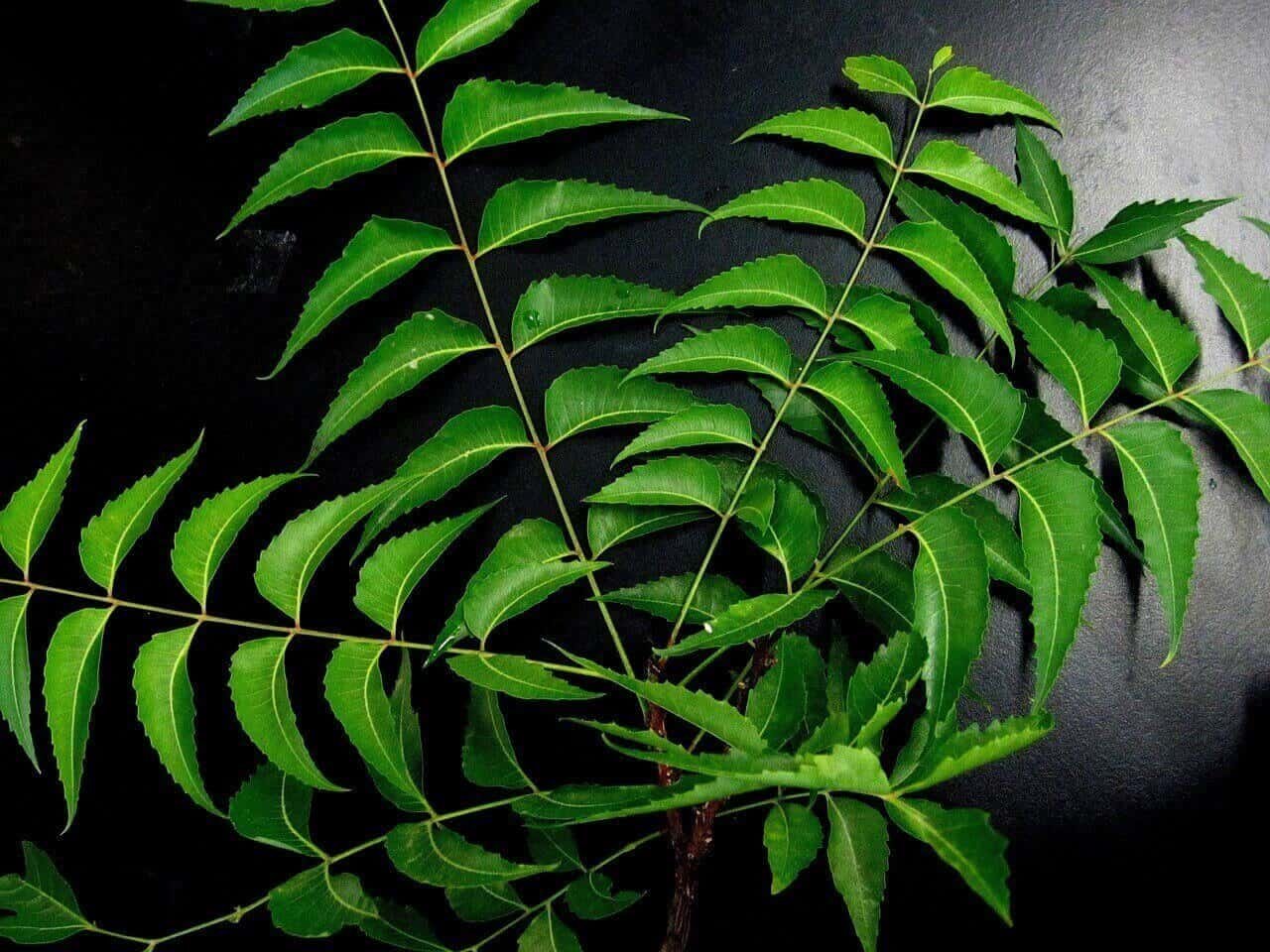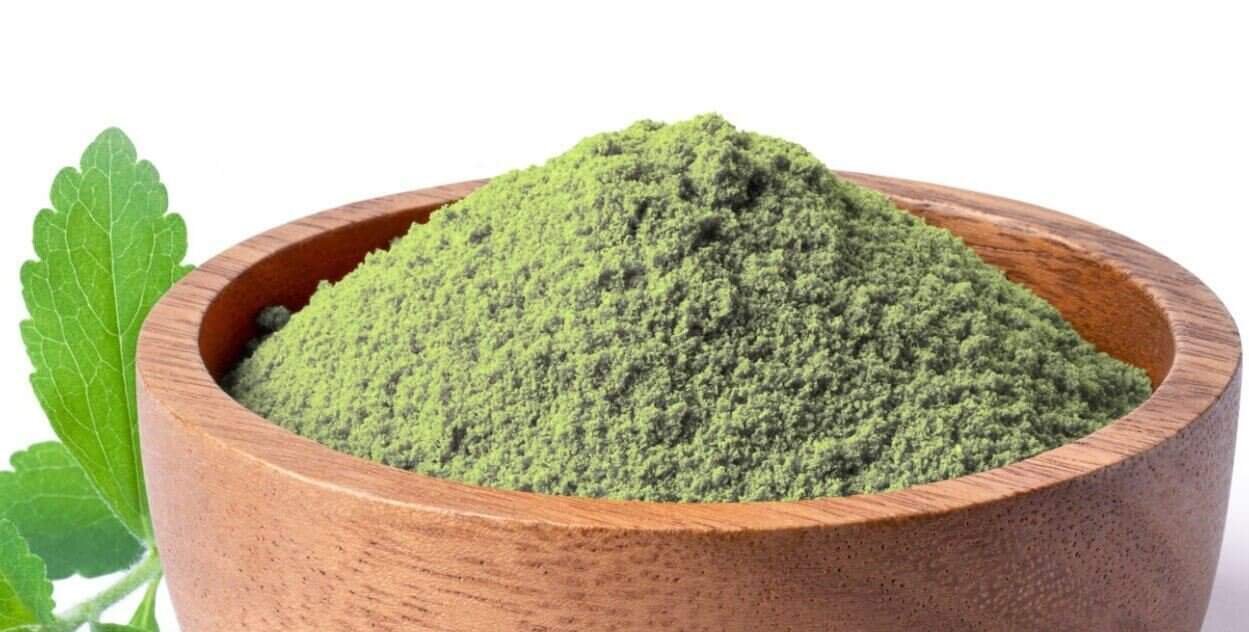Mycena or Coprinellus Mushroom? 22+ Fun Facts You Didn’t Know About These Tiny Forest Stars!
- 1. First Things First: What Are Mycena and Coprinellus?
- 2. The Glow-Up is Real: Some Mycena Glow in the Dark!
- 3. Coprinellus Is Known as the "Inky Cap" Group
- 4. Coprinellus + Alcohol = Bad Mix!
- 5. Edibility: Safe to Eat?
- 6. Fairy Tale Vibes? Totally!
- 7. Brain Food Potential? Maybe!
- 8. DNA Drama: Constant Reclassifications
- 9. They Love Rot
- 10. Natural Forest Cleaners
- 11. Mycena Lookalikes: Tiny but Tricky
- 12. Fast Growers!
- 13. Mica Cap” Sparkles in the Light
- 14. Artists Once Used Coprinellus Ink!
- 15. Mycena pura: Pretty but Poisonous
- 16. Found Almost Everywhere
- 17. Mycena in Medicine?
- 18. Microscopic Beauty
- 19. A Photographer’s Favorite
- 20. Rain = Mushrooms Galore!
- 21. Cooking Tip (for Coprinellus)
- 22. They Attract Insects, Too
- 23. Bonus Fun Fact: Mycena + Light = BioArt?
- Final Thoughts: Should You Forage These?
- Mycena or Coprinellus Mushrooms: Magical Mushrooms for Indoor Gardens (But What About Pets?)
Hey there, fellow fungi fan! If you’ve ever wandered through a damp forest trail and spotted little umbrella-like mushrooms glowing softly in the shadows, chances are you’ve met a Mycena or a Coprinellus mushroom. As a mycologist (mushroom scientist) and a nutritionist, I’ve always found these tiny guys fascinating—and today, I’m giving you the full mushroom lowdown in a fun, bite-sized way! Ready? Let’s dig into 22+ juicy (and slimy!) facts about Mycena vs. Coprinellus mushrooms that are equal parts weird, wonderful, and wow!
1. First Things First: What Are Mycena and Coprinellus?
Both Mycena and Coprinellus are genera of small mushrooms that grow mostly in forests or damp woodlands. They’re saprotrophic, which means they feast on dead organic material like fallen leaves and wood. Think of them as nature’s cleanup crew.
2. The Glow-Up is Real: Some Mycena Glow in the Dark!
Yes, really! Several species of Mycena are bioluminescent, meaning they glow in the dark. One example? Mycena chlorophos. It glows with an eerie green light, especially in humid, tropical forests. No flashlight needed!
3. Coprinellus Is Known as the “Inky Cap” Group
Coprinellus mushrooms (like Coprinellus micaceus) belong to the group called inky caps, because their caps dissolve into a black, inky goo as they mature. It’s gross, gooey—and totally cool!
4. Coprinellus + Alcohol = Bad Mix!
Eating certain Coprinellus species (like Coprinellus atramentarius) with alcohol can cause Antabuse-like reactions—nausea, vomiting, sweating. Why? Because of a compound called coprine, which messes with how your body breaks down booze. Cheers… or maybe not!
5. Edibility: Safe to Eat?
Mycena: Most are not considered edible—either too small or mildly toxic. Coprinellus micaceus: Edible when young (and cooked), but never with alcohol! Always be 100% sure before eating wild mushrooms!
6. Fairy Tale Vibes? Totally!
Tiny Mycenas often grow in magical little clusters, looking like fairy umbrellas. Some are just a few millimeters tall! If mushrooms were Disney characters, Mycena would be Tinker Bell.
7. Brain Food Potential? Maybe!
While neither genus is a “superfood” like lion’s mane, Coprinellus micaceus contains beta-glucans, which may support immune health. Research is ongoing.
8. DNA Drama: Constant Reclassifications
Fungi taxonomy is wild! Many Coprinellus species were once in the Coprinus genus but were reclassified due to DNA analysis. Mushroom families are constantly getting reshuffled!
9. They Love Rot
Both mushrooms prefer decaying wood, mulch, and compost. If you’re composting or leaving logs in the garden, don’t be surprised if these show up!
10. Natural Forest Cleaners
Their main job in the ecosystem? Decomposing organic matter and returning nutrients to the soil. They’re vital for forest health.
11. Mycena Lookalikes: Tiny but Tricky
Some poisonous mushrooms like Galerina can resemble Mycena. Don’t rely on size alone to ID them. Spoiler: Mycena usually have a white spore print.
12. Fast Growers!
Inky caps like Coprinellus micaceus grow incredibly fast—sometimes overnight—and then liquefy within hours. It’s a race against decay!
13. Mica Cap” Sparkles in the Light
Coprinellus micaceus is nicknamed the “mica cap” because young mushrooms have shiny mica-like flakes on the cap. Sparkle, baby!
14. Artists Once Used Coprinellus Ink!
The black goo from deliquescing Coprinellus mushrooms was once used as a natural ink. Imagine writing poems with mushroom juice!
15. Mycena pura: Pretty but Poisonous
Some Mycena mushrooms contain muscarine, a toxic compound also found in deadly mushrooms. So don’t be fooled by their dainty looks!
16. Found Almost Everywhere
Mycena and Coprinellus species are cosmopolitan, meaning they grow on every continent except Antarctica. They love both forests and urban parks!
17. Mycena in Medicine?
Scientists are studying certain Mycena species for their antibacterial and antifungal properties. Not on the shelf yet, but promising!
18. Microscopic Beauty
Under a microscope, Mycena spores look like tiny glass balloons. Inky caps, on the other hand, have rugged, football-shaped spores. Science is art, folks.
19. A Photographer’s Favorite
Because of their delicate form and magical glow, Mycena mushrooms are super popular in mushroom photography and macro art. Just search #mycenamagic!
20. Rain = Mushrooms Galore!
After a good rain, you’re more likely to spot both Mycena and Coprinellus. They thrive in damp, shady spots, especially near old tree stumps or mulch beds.
21. Cooking Tip (for Coprinellus)
If you’re cooking Coprinellus micaceus, harvest them young before they turn inky. Sauté gently with herbs, garlic, and butter—no wine!
22. They Attract Insects, Too
As Coprinellus liquefies, it attracts bugs that help spread its spores. Nature is weird and wonderful, right?
23. Bonus Fun Fact: Mycena + Light = BioArt?
Artists and biologists are using bioluminescent Mycena in bio-art installations—like living lamps and glowing terrariums. The future is fungal!
Final Thoughts: Should You Forage These?
If you’re a beginner, look—but don’t touch or taste unless you’re with an experienced guide. Mycena and Coprinellus are amazing to observe, photograph, and learn from—but not ideal for a snack. Nature gave them different superpowers—cleanup, art, and science! 1. First Things First: What Are Mycena and Coprinellus? Both Mycena and Coprinellus are genera of small mushrooms that grow mostly in forests or damp woodlands. They’re saprotrophic, which means they feast on dead organic material like fallen leaves and wood. Think of them as nature’s cleanup crew.
Mycena or Coprinellus Mushrooms: Magical Mushrooms for Indoor Gardens (But What About Pets?)
So you’ve spotted those tiny, delicate mushrooms growing in your garden or maybe on a bonsai tree root indoors—and you’re wondering:
“Are these Mycena or Coprinellus? Can I use them as part of my indoor garden vibe? And… are they safe for pets?” Well, you’re not alone. As a garden décor enthusiast, mycologist, and nutritionist, I’m here to break it down for you in a fun, beginner-friendly way that even your curious cat might enjoy (though preferably not by nibbling these fungi!). Mycena mushrooms are often delicate, umbrella-like, and sometimes bioluminescent (yes, they glow in the dark!). Coprinellus mushrooms, also known as “ink caps,” have a cone-like head that dissolves into a black ink-like substance as they mature. Drama, right?
Six Creative Ways to Use Them in Indoor Garden Décor
1. Fairy Garden Vibes : Want that whimsical forest floor look? These mushrooms are nature’s fairy lights. Surround them with mini stones, moss, and ferns—it’ll feel like Tinker Bell lives there. 2. Living Art Terrariums: Pop Mycena or Coprinellus mushrooms in a sealed or open terrarium with wood chips and charcoal. They add motion and mystery—perfect for that living room shelf. 3. Zen Moss Arrangements : Got a bonsai or moss garden? These mushrooms love the same low light and moisture. Let them grow naturally, and you’ll get surprise guests after every misting! 4. Fungal Bonsai Accents : They sometimes appear naturally on bonsai soil. Instead of plucking them out, let them bloom—it’s like seasonal flair for your mini tree. 5. Miniature Woodland Planters : Pair with tiny succulents or ground cover plants in a shallow dish. It adds contrast, mystery, and makes the space feel truly alive. 6. Conversation Starter Corner : Place your decorated mushroom planter near a window or shelf. Guests will ask, “Is that real?” You’ll proudly say, “Oh, that’s my Coprinellus collection.”
But Are They Safe for Pets?
Here’s the reality check—Mycena and Coprinellus mushrooms are NOT edible, and some species can be mildly to moderately toxic to cats, dogs, or other small pets. Let’s break it down:
1. Mild Toxicity Risk : Some species of Mycena contain muscarine, which can cause salivation, vomiting, diarrhea, and even lethargy in pets. Coprinellus species may irritate the gut. 2. Curious Pets Might Nibble: Cats and dogs love sniffing and nibbling plants. And mushrooms? Even more intriguing! It’s best to place them out of reach. 3. Safe Placement Tip: Keep your mushroom décor in closed terrariums or on high shelves, especially in homes with kittens, puppies, or curious birds. 4. Signs Your Pet Ate One: Watch for drooling, vomiting, shaking, or weird behavior. It might pass on its own, but don’t wait—get professional help. 5. Immediate Action : If you suspect mushroom munching, try to: Remove any remaining bits from their mouth. Take a photo of the mushroom. Call your vet or Animal Poison Control right away. 6. Better Safe Than Sorry : If your pet is particularly curious, you might skip the real mushrooms and go for mushroom-shaped ceramic decorations instead. No risk, all the woodland charm!
indoor gardening ideas
Some unique garden ideas should be your first choice Indoor Garden Ideas If you have ever felt smothered in your apartment or noticed that something is missing in your lovely…
Neem tree
Neem Tree Benefits Neem Tree In English The Persian phrase “Azad-darakht-i-Hindi” converts into Azadirachta, which also translates to “free tree of India.” The genus Azadirachta includes two species, primarily Azadirachta…
Stevia
stevia leavesA plant-based sweetener from a species known as Stevia What Is Stevia? Know About Stevia Sweeteners Stevia, a plant originally from South America, has served as a natural sweetener…
Miltonia Orchids
Miltonia Orchid Care Table of Contents Add a header to begin generating the table of contents Scroll to Top History Of Miltonia John Lindley Was a child of a commercial…
I am an experienced indoor gardener working happily
and successfully in this sector for about five years.
Thank You



